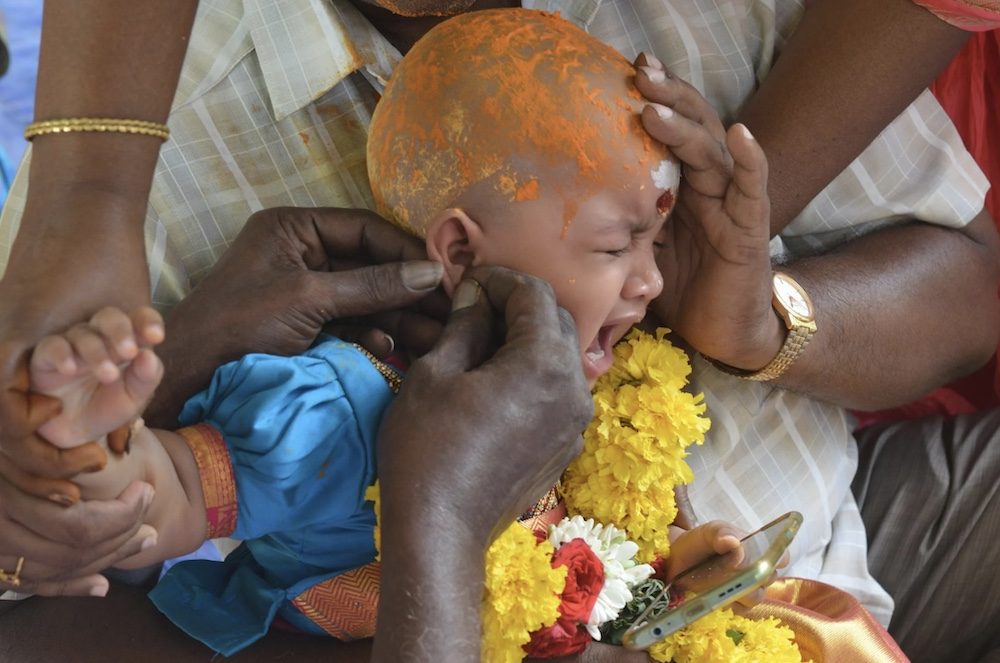Ear piercing is a common tradition in many cultures, serving as both a fashion choice and a life milestone. However, like any body modification, it carries risks, from minor infections to severe allergic reactions, highlighting the need for strict safety measures to blend traditional practices with modern health standards.
Our article focuses on a less-discussed but important aspect: what to do before getting an ear piercing to avoid problems. While aftercare is often emphasized, the steps taken before the piercing are equally important. We’ll cover how to choose a skilled piercer, understand personal allergies, and follow specific pre-piercing preparations. These proactive steps ensure the ear piercing experience is not only tolerable but successful.


Choose a Reputable Piercer
Choosing a piercer is an important step in ensuring a safe and positive ear piercing experience. Start by thoroughly researching the reputation and qualifications of potential piercers. A reputable piercer should have a professional demeanor and a proven track record of hygiene and skill. You should also look for consistent client satisfaction reviews, just like you see when browsing CordsClub products.
Check online reviews and testimonials for honest feedback. Additionally, ask friends or family members for recommendations based on their experiences. Verify the piercer’s licensing and training, as these factors greatly reduce the risk of complications. It’s also helpful to visit the piercing studio beforehand to assess the environment and hygiene practices firsthand, ensuring they meet health standards and your personal expectations.
Discuss Allergies and Sensitivities
Before undergoing an ear piercing, it’s important to inform your piercer about any allergies or sensitivities you have. This conversation is essential because it influences the choice of metal used in the earrings, which can reduce the risk of allergic reactions or infections.
Metals like nickel are common allergens and can cause adverse reactions in sensitive individuals. By sharing your allergies, the piercer can use hypoallergenic materials such as titanium or surgical stainless steel, which enhance your safety. Additionally, understanding your sensitivities allows the piercer to customize the piercing process to meet your specific health needs, ensuring a safer and more personalized experience.
Follow Aftercare Instructions
After getting a new ear piercing, it’s important to follow the care instructions given by your piercer to help it heal properly and avoid problems. These instructions usually involve cleaning the pierced area regularly with a saline solution or an antiseptic recommended by the piercer.
During the early healing period, avoid places like swimming pools and hot tubs, as they can have bacteria that might cause infections. Also, don’t touch the piercing with dirty hands because it can introduce germs. By following these aftercare steps, you reduce the risk of complications and help the piercing heal well, keeping it healthy and infection-free.
Avoid Changing Earrings Too Soon
It’s important to be patient with new ear piercings. Even though you might feel tempted to switch earrings for fashion reasons, it’s important to follow the healing period advised by your piercer. This timeframe, usually lasting from a few weeks to several months depending on the piercing type, is necessary to ensure that the tissue heals properly and to minimize the risk of complications like infections and irritation.
Removing or changing earrings too soon can disrupt the delicate healing process, which could introduce bacteria to the area. Piercers typically recommend waiting until there are no signs of redness, pain, or swelling around the piercing site before considering changing earrings. This careful approach significantly contributes to the long-term health and appearance of the piercing by allowing the body’s natural healing processes to fully seal and strengthen the pierced area.
Monitor for Signs of Infection
As your piercing heals, it’s essential to stay alert for any early signs of infection that should not be ignored. Watch out for persistent redness, noticeable swelling, ongoing pain, and unusual discharge, as these may indicate a problem with the piercing site. If you notice any of these signs, it’s important to consult a healthcare provider immediately to address the issue and prevent further health problems.
Seeking medical help promptly not only helps resolve the issue faster but also reduces the risk of the infection worsening or spreading. Ignoring these warning signs can lead to severe complications, turning what should be a simple healing process into a more serious medical issue.
Proper preparation is key to a safe and successful ear piercing experience. By choosing a reputable piercer, discussing allergies, and following pre-piercing steps, you can significantly reduce the risk of complications. Ensuring thorough aftercare and avoiding premature earring changes further support the healing process. Staying vigilant for signs of infection and seeking medical advice if needed can prevent minor issues from becoming major concerns. Taking these precautions allows you to enjoy your new piercings with confidence and peace of mind.

